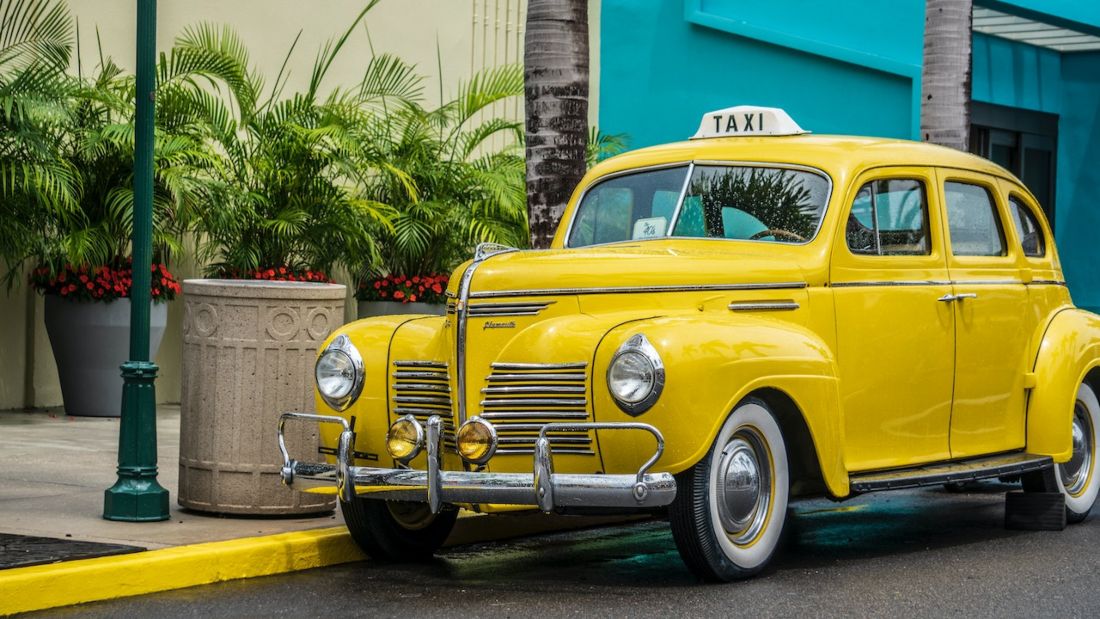Taxi History

The history of the taxi is shaped on a series of historical events that force us to investigate the different services that have given rise to the service worldwide known today as taxi.
There are traces that indicate that taxi services were already being provided in Ancient Rome. At that time, cabs were carts equipped with a “taximeter“. It consisted on a system of gears connected to the wheel through a toothed wheel that, when turning a full turn for a distance of approximately one mile, made a pebble fall into a box. At the end of the trip, the passenger paid the driver according to the number of stones placed in the box.
The taxi service, as we know it today, dates to 1605 in London (United Kingdom), and there is no record of another similar service until 1637 in Paris (France).
At that time, they were not called taxis and they were still horse-drawn carriages which, over the centuries and the evolution of technology, have evolved into what we know today.
It was at the beginning of the 19th century when this service began to be used for the purpose of transporting passengers, and it would be another century later when the service began to be known by the word taxi.
Who invented the taxi service as we know it today?
The first taxis with built-in taximeter and internal combustion engine traction date back to the end of the 19th century, when they began to circulate in the main cities of Europe and North America.
In Paris, in 1899, businessman Georges Bouton introduced the first petrol-engine taxi capable of carrying up to four passengers, and in 1904 Louis Renault launched the first two-cylinder taxi-focused model in Paris.
Since then, technological advances have accompanied the cab service to what we know today. When motor vehicles came into use in the 1920s, the cab industry modernized considerably. With the use of the taximeter, distance-based fares were introduced and, as technology made it possible, also by time in circulation, waiting time, and it became possible to discriminate between holidays and working days. Today, taximeters incorporate sophisticated geolocation systems, Bluetooth, 2G/5G connectivity and other utilities that allow cabs to provide a better service to their customers.
Significant advances and changes
The taxi industry has experienced significant technological advances since the beginning of the 20th century. These are some of the most significant:
Radio communication: In the 1940s, radio communication was introduced in cabs, allowing drivers to receive instructions and better coordinate trips with taxi companies dispatchers.
Global Positioning Systems (GPS): As GPS became more widely available, it was incorporated into taxis to improve their management. This facilitated optimal route planning and helped drivers reach their destinations faster.
Mobile apps and online booking services: The advent of smartphones and mobile apps revolutionized the taxi industry.
Electronic payments: Cash payment has given way to the use of electronic payment systems: credit or debit cards and mobile payment apps, which has made the payment process more convenient and secure.
Electric vehicles: In recent years, there has been a growing interest in the use of electric vehicles in the taxi sector to reduce carbon emissions and minimize environmental impact.
These are just a few examples of the technological advances in the taxi industry since the beginning of the 20th century to the current taxi fleet management software. Technology continues to evolve, and this will improve the efficiency, comfort, and sustainability of taxi service.









